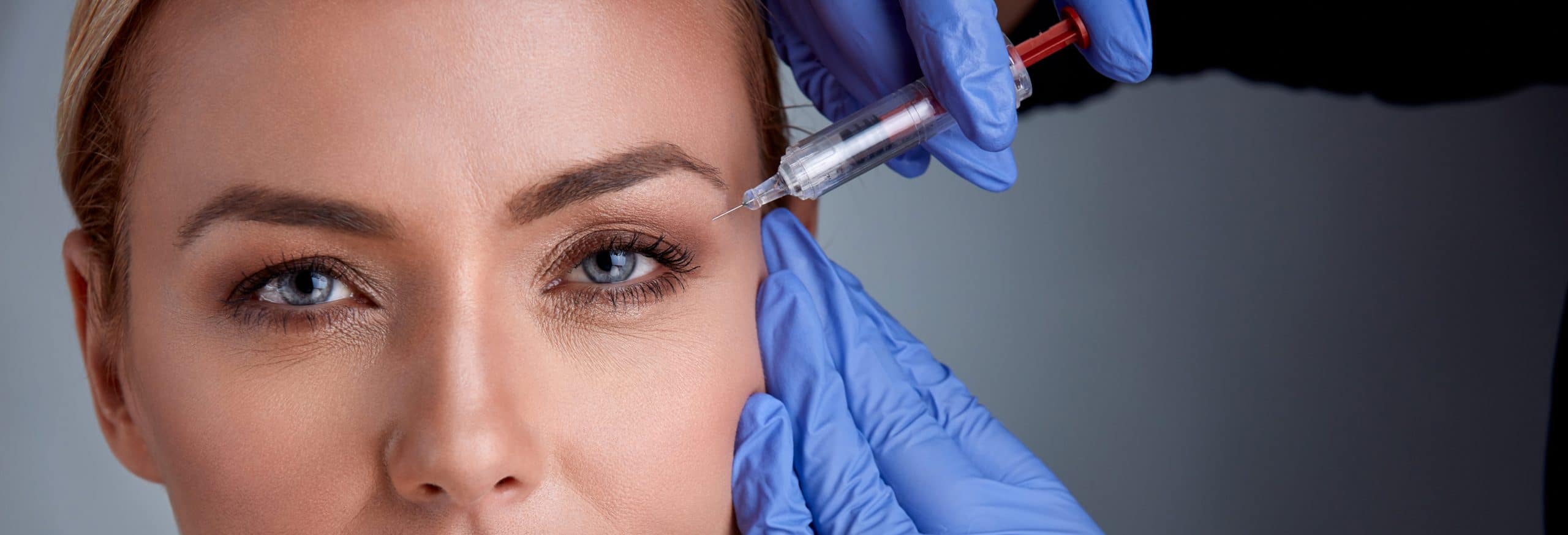


What do you call a treatment that The New York Times has called ‘medicine’s equivalent of duct tape’? Botox. You call it Botox.
The name in itself is known all over the world, ubiquitous with any treatments associated with solving wrinkles, fine lines, and creating a youthful appearance. You’d be hard pressed to find any celebrity that hasn’t done Botox at least once in their lives. And not just for aesthetic looks too, but Botox has been involved in helping so many medical conditions – excessive sweating in the hands, feet, or armpits (called hyperhidrosis), neurological conditions like extreme muscle spasms from stroke or brain injuries (spasticities), uncontrollable eye drooping or blinking, and even chronic migraines.
However, Botox is associated with many facts and myths. Sometimes, the facts about Botox in Singapore can be obscured by the news that we hear and read in tabloid magazines, which may not always be accurate. Let’s take a look at some well-known facts about Botox:
Botox is formed by spores of the bacteria ‘Clostridium botulinum’, which is found naturally in sediments like dirt or soil (and even some honey!), as well as in the intestinal tracts of some animals and fish. Botox consists of 8 types of neurotoxins, which when combined can cause lethal and life-threatening reactions. However, only toxins A and B are used clinically.
The Botox that we commonly know and see in the doctor’s office for treating wrinkles is Botulinum Type A, which is the one that is most often used in aesthetic treatments. This purified form of Botulinum toxin contains just 1 out of the 8 types of botulinum toxin produced by the Clostridium bacteria, bringing no danger of botulism poisoning to an individual.
The drug binds itself to nerve receptors found in skeletal muscle which typically send signals to the brain to move, or contract. When the drug binds successfully to that nerve ending, it prevents the release of a neurotransmitter called ‘acetylcholine’. This neurotransmitter called acetylcholine is responsible for ‘activating’ those signals to the brain and firing off the orders to make your muscles contract or move.
In the face, that can look a lot like habitual frowning, eyelid muscles that have drooped, or overactive jaw muscles (called masseter muscles) that give you the appearance of having been a professional chewing gum competitor in your past life. When Botox blocks those signals for muscle contraction and activation, it ‘paralyses’ those muscles for a temporary period of time (3-6 months), and gives your face a more relaxed and softened youthful look.
Also Read: How Long Does Botox Last?
The origins of Botox itself is truly fascinating. Here are some facts that you may not have known about this unique treatment called Botox treatment in Singapore:
The first recorded history of the botulinum toxin (the dangerous and lethal version) began in 1735, when the disease was first associated with the consumption of sausage which was not properly preserved and sealed, causing the growth of this deadly toxin. In 1870, John Muller, a German physician, derived the name ‘botulism’ from the Latin word for sausage, ‘botulus’.
In the 1820s, a German physician and poet named Justinus Kerner wondered whether botulism, called ‘sausage poisoning’ at that time, could be used for therapeutic purposes. He experimented on animals to identify what those botulism poisoning symptoms were, and even on himself! He noted during one of his experiments of tasting some drops of the poisoned sausage extract, “… Some drops of the acid brought onto the tongue cause great drying out of the palate and the pharynx”. Now that’s some crazy dedication to science.
During World War II, military scientists experimented with it to try and turn it into a weapon, but were unsuccessful. They eventually stopped experimentations and turned it over to academic researchers when they were done!
Knowing all these facts about Botox, you may start to become wary about whether Botox is truly safe for use in your body. Fret not – Botox is the only FDA-approved procedure for treating frown lines and crow’s feet and has also been approved for cosmetic use since 2002. This means that when in the hands of trained professionals, it is safe and effective for use.
The small needles used in the procedure produce minimal discomfort, usually reported as a pricking or pulling feeling. If you are uncomfortable with needles, a topical numbing cream can be applied beforehand. More than 91% of people considered the treatment outcome to meet or surpass their expectations, and more than 94% would recommend this treatment to others.
You don’t need to worry about your face being all frozen up. When done right, natural and subtle results are sure to appear. There will be fewer wrinkles and crow’s feet around the target areas, but your natural facial expressions will still be there as only the small muscles which contribute to those creases will be injected with Botox.
Don’t let the Botox facts and myths scare you. Always look for a licensed clinic whenever you are looking for Botox treatment options. Check the credentials of your practitioner to ensure that they are also certified in their field. In SL Aesthetic Clinic, all of our practitioners have reached the highest requirements of certifications in the aesthetic field and are always updating their knowledge to provide you with the safest treatments. Book today to begin your journey to a younger looking and more confident you!
Like what you read? Share them!